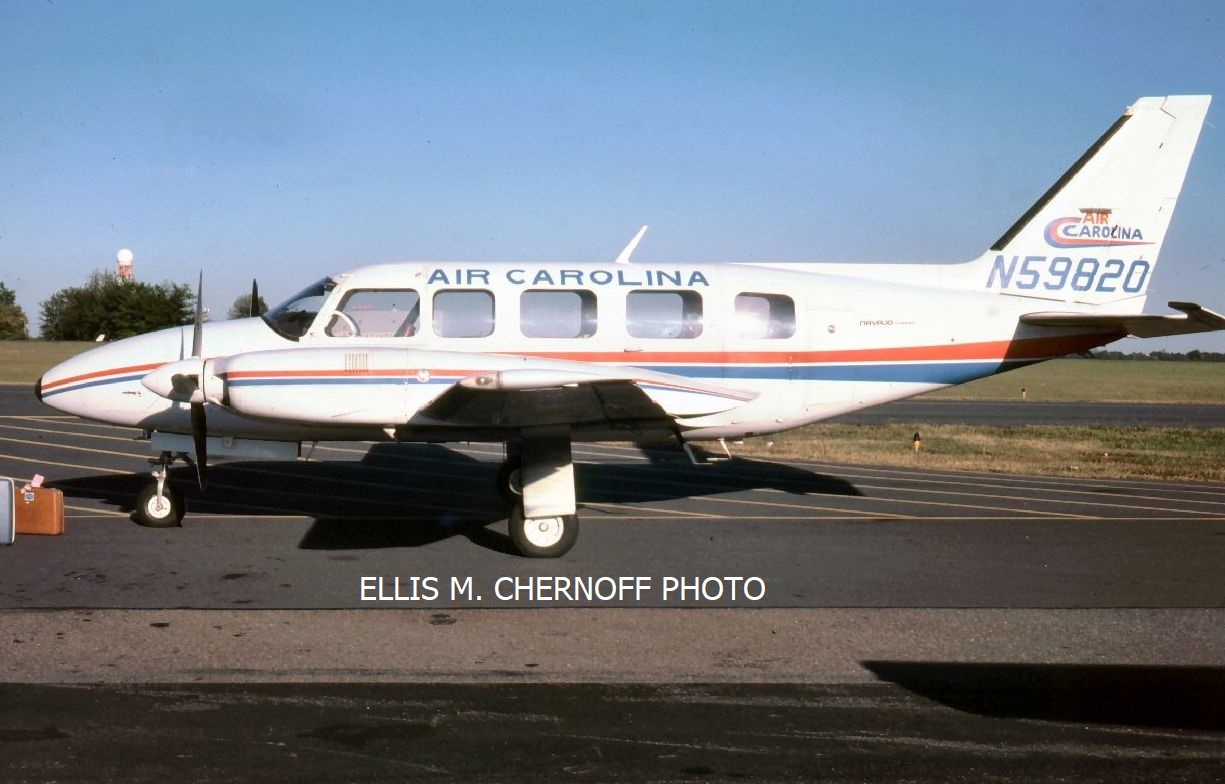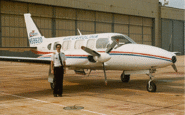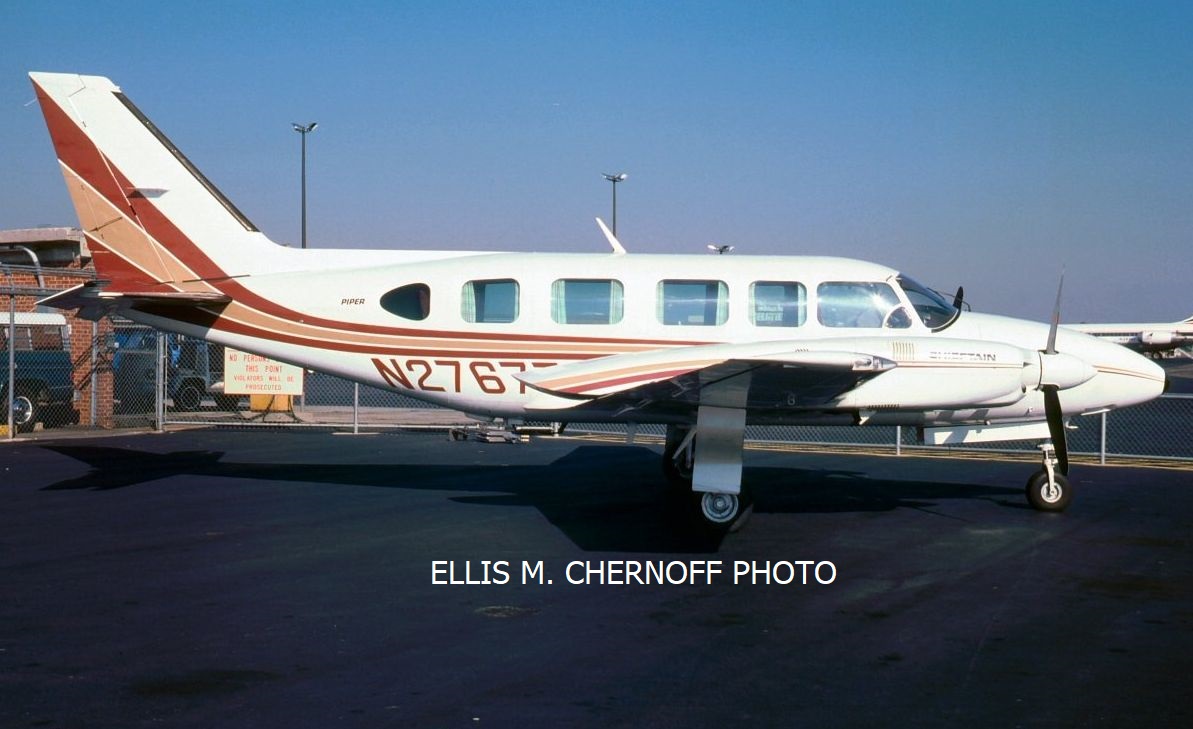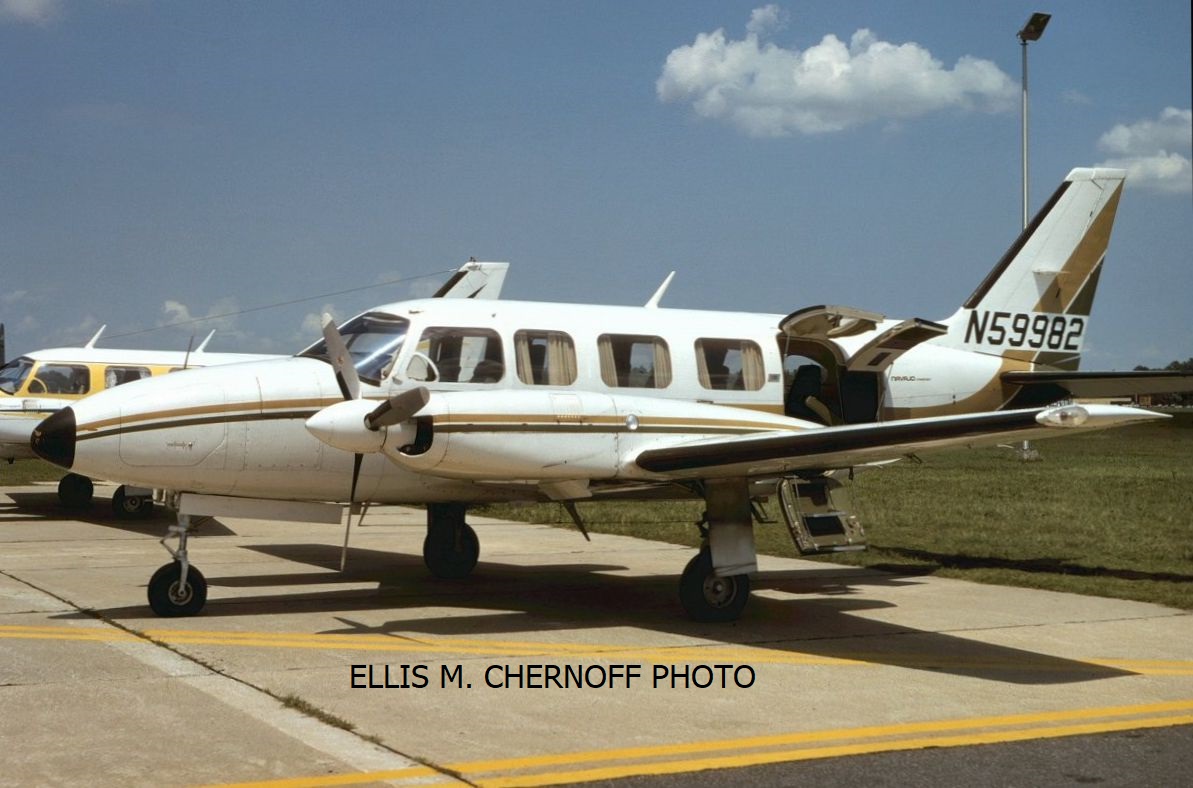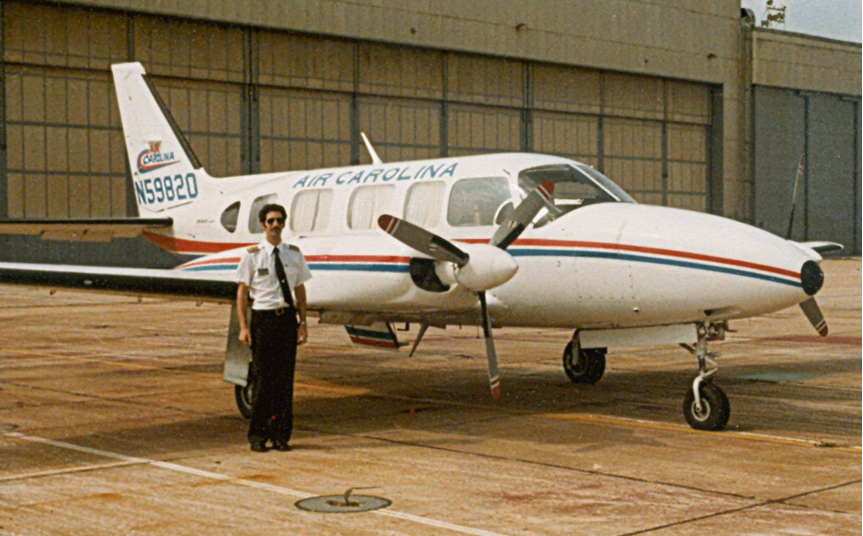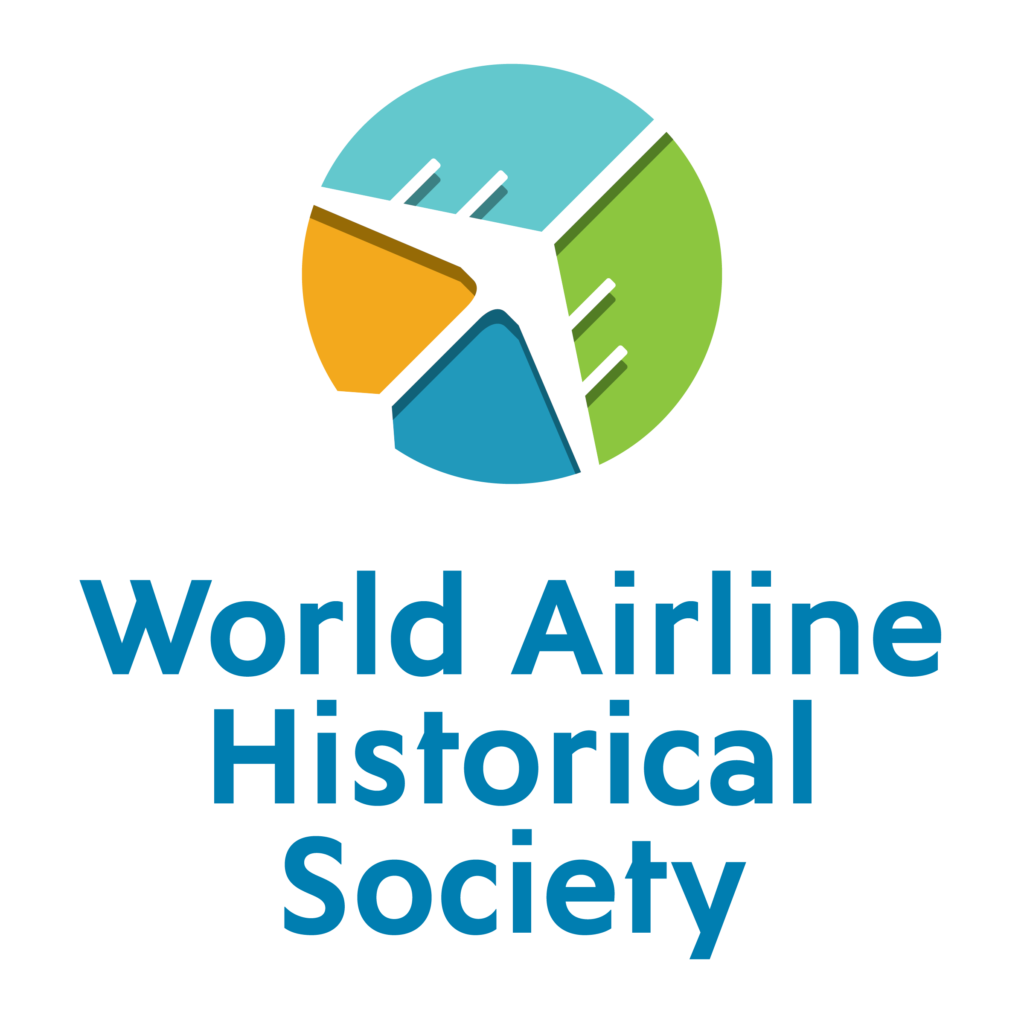accident investigation,Air Carolina,Britten-Norman BN24 Islander,Charlotte,commuter,crash,flying the line,line pilot,Piper Chieftan,Piper Lance
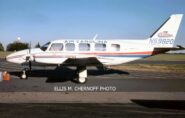
Flying the Line for Air Carolina
Air Carolina, Part 3
By Ellis M. Chernoff
Photo credit as noted.
Flying the line for Air Carolina was a full-time job. For our salary, we were expected to cover scheduled flights six days per week and at least three round-trips per shift. Flying extra flights and a seventh day were not uncommon, but, did get pilots some extra pay. My preferred shift was the afternoon, giving me the morning to get personal stuff done. I also enjoyed night flying. When flying the Piper Navajos and Chieftains at night, you could see the glow of the exhaust system through a cowling grill. You could almost tell the fuel mixture and exhaust temperature by observing the brightness of the glowing pipes.
I also enjoyed hanging out with the night maintenance crew after I completed the last flight of the night and locked up the small airline terminal. With my prior experience working on general aviation planes and engines, I spoke the language of the technicians, and they enjoyed my company and insight into their work.
In addition to the fleet previously described, we also acquired an early production Britten-Norman BN-2A Islander. This plane had the same pilot plus nine passenger seat capacity as the Chieftain, but instead of two 350 HP engines, it had two 260 HP Lycomings like the Cherokee Six did. A fat wing gave it plenty of lift, but it had fixed landing gear and was not much faster than the Cherokee. It was also cramped and loud, and did not have air conditioning. Waiting for takeoff clearance one hot summer afternoon, a lady in the back called out, “Hey Mister Pilot, turn on the air conditioning!” She thought I was being cheap and not running it. I replied the plane didn’t have air conditioning, and she should be able to see that I was soaked in sweat just like everyone else. The Islander was generally on the Hickory-Charlotte run, so I only flew it occasionally.

We also acquired a late-model PA-34RT-300 Lance II. It was brand new on lease and had six very plush seats. Its handling characteristics were a bit strange compared to a Cherokee Six or older Lance models due to its “T-tail” configuration. Takeoffs were particularly tricky.

In 1978, I was tasked to be a charter manager in addition to my line flying duties. I would take phone calls and quote and schedule on-demand charters. Most of these flights were within the Carolinas and occasionally to Atlanta Hartsfield Airport. We had one pilot whose job was to fly these flights, which were often spur-of-the-moment affairs.
One day in October 1978, I was called in before my regular afternoon/evening runs to fly an extra section to Charlotte. For this flight, I drew the T-tailed Lance. After shutting down the engine in Charlotte, I would normally deplane the passengers and transfer their baggage to the connecting airline. Instead, I was met by a pilot who said a phone call had come in that the plane was needed back in Florence ASAP for a charter. So I flew the empty plane back to Florence as possible.
Arriving back at home base, the boss jumped up and opened the door and said, “How would you like to make a quick hundred bucks? We can’t find the charter pilot, and we already told the customer the plane was on the way to pick up cargo in Henderson.” While this was going on, the mechanics were removing the seats in the rear of the plane. I was told the cargo was going to Owasso, Michigan. Charts were being brought to me and I had no time to plan anything. I fired up and took off toward Henderson, and arriving there, the cargo was waiting. “What took so long? What time will you get to Owasso?” While I started off in the direction of the destination, I had to figure out the routing while flying. And the weather was deteriorating, so changing from VFR to IFR was necessary.
Landing in Owasso, I was again greeted with “What took so long? Here’s your return load, and when will you land in Henderson?” By now it was dark with hours remaining to fly. Again, I had to fly through a weather front with clouds and rain. At around 10:30pm, I broke out to clear skies with partial moonlight. The aircraft, still with less than 300 hours total time, was running perfectly.
Over West Virginia, I left radar services with ATC and was now in the airspace of Pulaski Airport and their control tower. Still operating under Instrument Flight Rules, I made a position report a few minutes past 11pm. Suddenly, the noisy fan up front went to a whisper. It only took seconds for me to realize that there were no indications on the instruments of engine trouble, and I had not done anything to cause the engine to suddenly quit. Of course, there are emergency procedures to perform and get the airplane to a stable glide.
Slowing to the prescribed glide speed, the automatic extension system for the landing gear activated, greatly increasing my descent rate. Piper provided an emergency override that I used to get the landing gear back in the retracted position. I had been cruising at 7000 feet, and by now I had declared an emergency with Pulaski approach control. They seemed stunned to hear my call and cleared me to 6000 feet, the lowest altitude they could assign given the Appalachian Mountains below me. My reply was “That’s nice, I’m out of 5 and a half.” I couldn’t maintain any altitude and was sure death was only a few minutes away.
When I did get quite low to the ground, I spotted an open farm field. I had continued in vain to restore power from the engine. I turned on the landing light and set the plane down on its belly. But I did slide beyond the barbed wire fence and through some trees, stopping just short of a steep hill leading down to a creek. The strobe lights were still flashing and I could still hear static in the headset. But there was also a strong smell of gasoline as three of the four fuel tanks had ruptured. While I felt no pain, I had a bloody open cut on my chin from the broken windscreen.
I got out and assessed my situation. As there was no fire, I went looking for the first aid kit that should have been in the cabin. It had been removed along with the seats that afternoon in Florence. My Boy Scout training told me not to wander off, but to stay with the wreck; I hunkered down for the night, expecting to be rescued sometime soon.
Without going into detail, many people dropped the ball that night and as a result, no rescue effort was underway. In fact, everyone except me had a full night’s sleep. Even the control tower staff filled out their paperwork, closed up shop, and went home. I had filed FAA flight plans with emergency contact information, but no one thought to look for that when I went down after declaring the emergency.
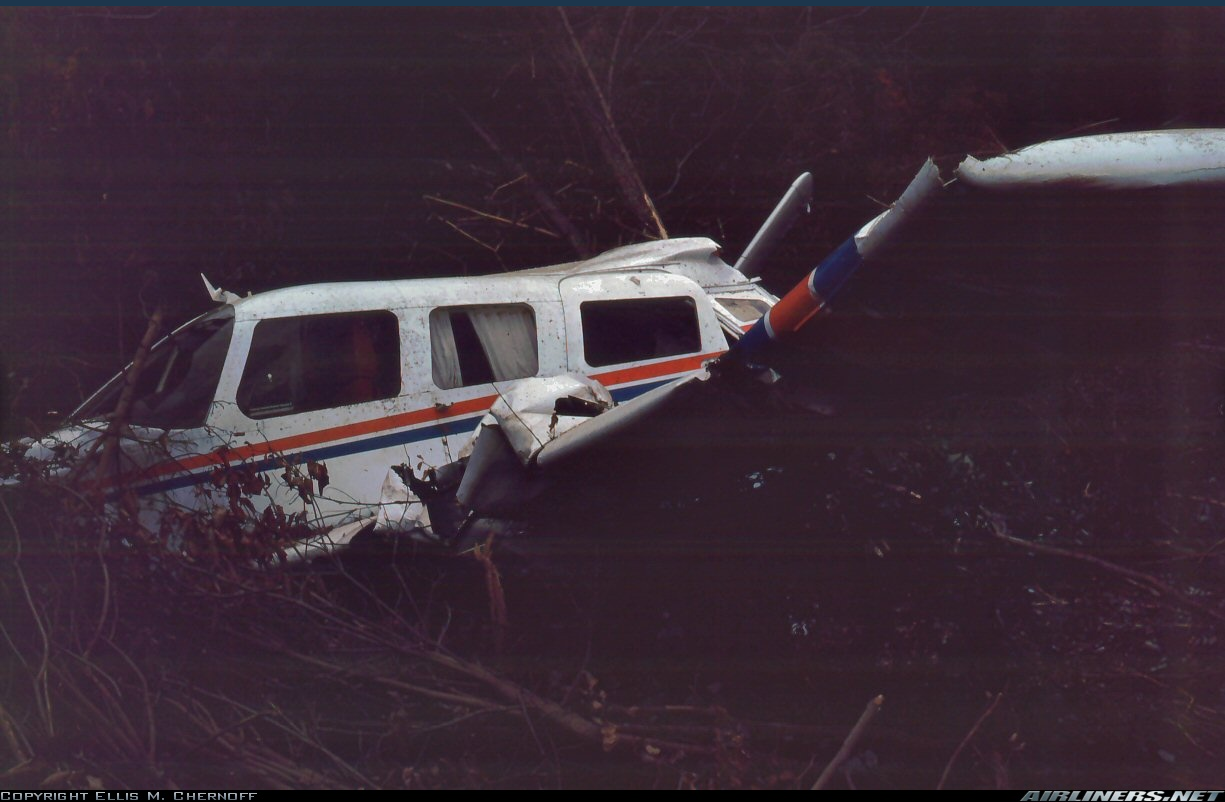
Things were better for me the next morning. I was taken to a local hospital. I had a phone conversation with my employer and they said they were sending a plane to get me. The FAA and NTSB sent investigators to the crash site, and I also went to the site to assist in my own accident investigation. The following day, I was given a hero’s welcome and all of my fellow pilots expressed the thought that I was probably the only one among them who could have survived a night forced landing in the mountains.
The technical investigation did not reveal the exact cause of the engine failure. But off the record, the NTSB investigator did admit there had been other occurrences on this aircraft type with the particular ignition system that was unique for a single-engine type. More disturbing was that had I been killed, they would have ruled it was pilot mismanagement of the fuel. That would have been totally false. Since there were no fatalities, no official cause was determined, and my crash became merely a hull loss statistic. The insurance company replaced the airplane for the owner with a used one and a check for the difference in value. He was happy.
Other adventures occurred during my two years with Air Carolina, but I will close out this retelling. By mid-1979, the major airlines were hiring again. Since they had not done so for quite some time, a cottage industry had developed where pilots seeking airline jobs would have to purchase their own training for a flight engineer certificate. Most airlines at that time operated the Boeing 727 with the flight engineer written exam based on that type. To be competitive, a prospect needed to not only to pass the flight engineer written exam, but also to complete the entire training course and pass the FAA check-ride in that crew position. Most of the pilots senior to me had left to pursue that path, and ultimately, I did the same.
